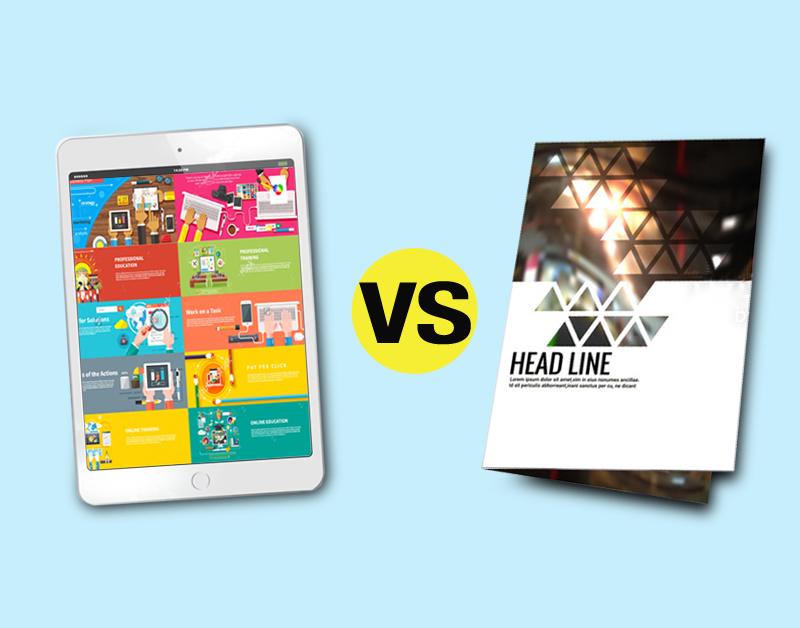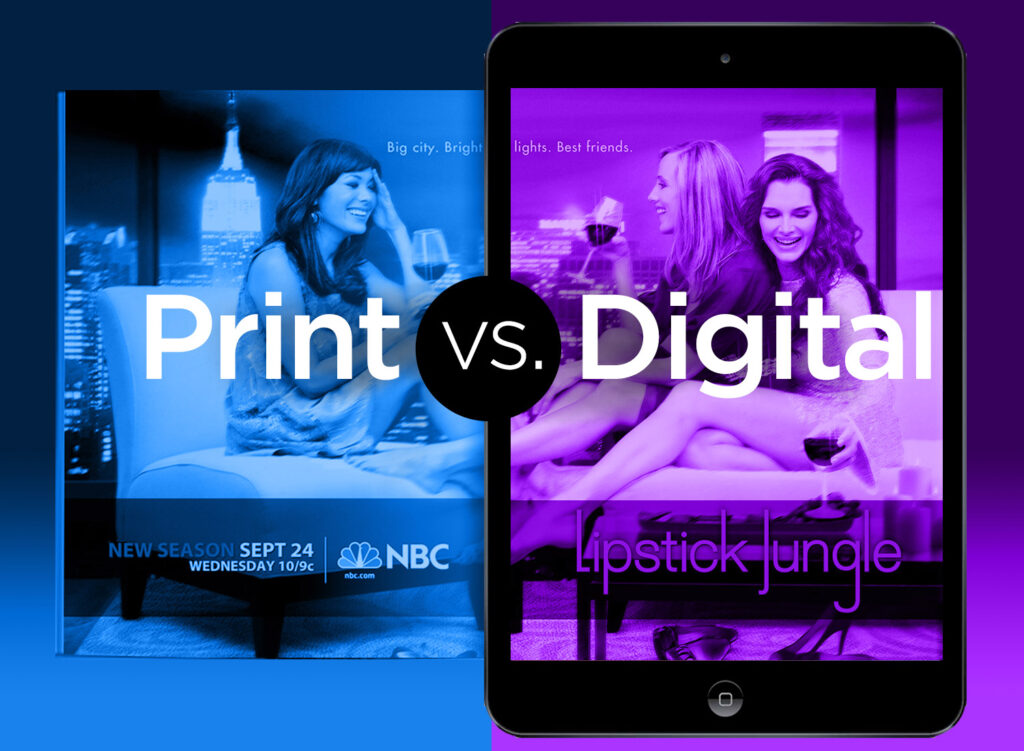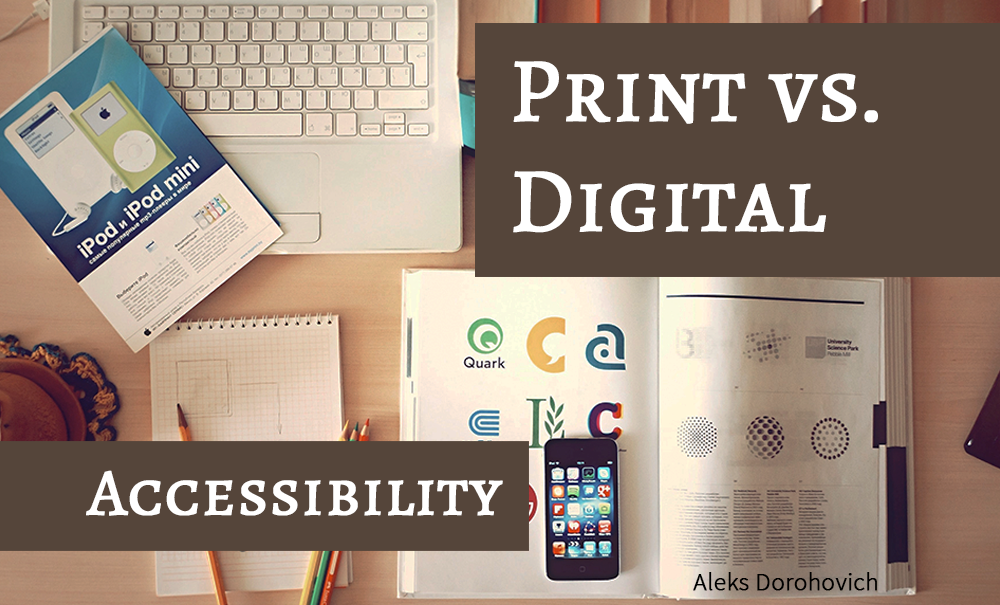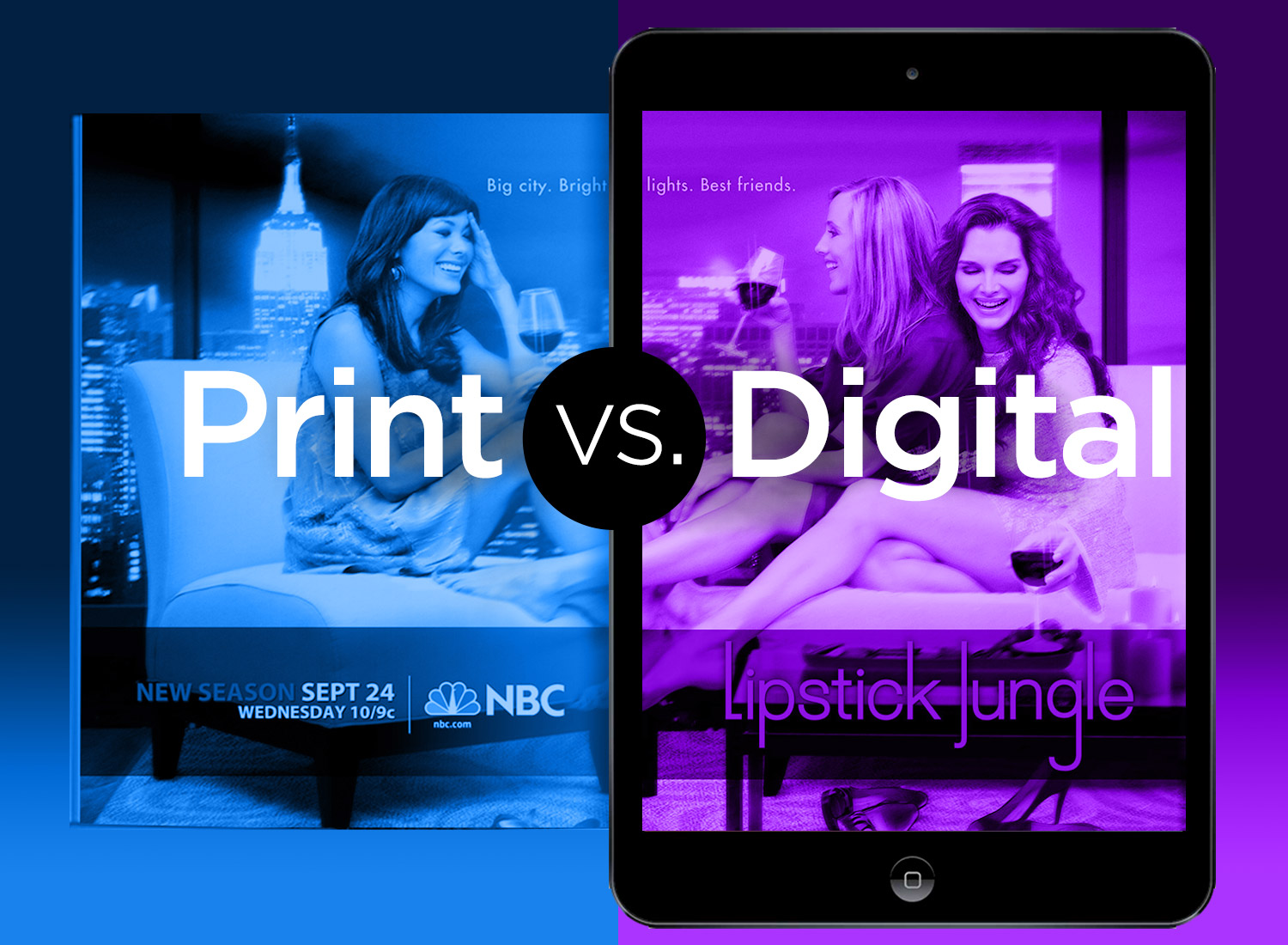Design plays a critical role in both print and digital mediums, but there are key differences that designers must consider when working in each format. Print design refers to designing for physical materials such as brochures, posters, and packaging, while digital design involves creating visual assets for websites, mobile apps, and social media platforms. Understanding these differences is crucial to ensure effective communication and engagement with the target audience. In this article, we will explore the distinctions between print and digital design and highlight important considerations for designers working in each medium.
I. Medium-specific Considerations:
When designing for different mediums, such as print and digital, it is essential to consider the unique characteristics and constraints of each medium. Print design operates within a physical space, where factors like size, paper texture, and finishes influence the design. Attention must be given to dimensions, margins, and bleed areas to ensure that the final printed piece looks as intended. On the other hand, digital design leverages virtual space, allowing for dynamic and interactive elements that enhance the user experience.

Resolution and color management also differ between print and digital design. Print design requires higher resolution images and precise color management to ensure accurate reproduction. Designers must consider color profiles, ink saturation, and the use of spot colors for print materials. In digital design, optimizing images for screen resolutions and considering color consistency across various devices is essential. Designers must account for different screen sizes, resolutions, and color gamuts to ensure a consistent visual experience.
Typography is another aspect that varies between print and digital design. In print design, there is often more creative freedom in typography choices, including decorative fonts and intricate layouts. Designers can experiment with various typefaces, sizes, and arrangements to create visually captivating print materials. In digital design, legibility and responsiveness are crucial. Designers must carefully select fonts that render well across different screen sizes and consider readability on various devices. Scalable and web-safe fonts are often preferred to ensure consistent typographic appearance.
II. Design Process and Workflow:
The design process and workflow differ when working on print and digital projects. Print design typically involves collaborating with printers and considering technical specifications like bleed, trim, and print production processes. Designers must ensure that the files are properly prepared for printing, paying attention to color modes, image resolution, and file formats. Communication with printers and understanding their requirements is crucial to ensure accurate output.

Digital design, on the other hand, involves understanding user experience (UX) principles and usability considerations. Designers focus on creating intuitive interfaces, considering user flow, and mapping out interactions. Interaction design, prototyping, and testing play key roles in ensuring a seamless and engaging user experience. Designers collaborate closely with developers and UX professionals to translate designs into functional digital products.
III. Audience Engagement and Interaction:
Print design and digital design offer different ways to engage with the audience. Print design relies on tactile experiences and visual impact to capture the audience’s attention. The physicality of printed materials, such as brochures or packaging, can create a lasting impression and evoke emotional responses. The tangibility and texture of paper, as well as the use of finishes like embossing or spot UV, add a sensory dimension to the design, enhancing the overall experience.
Digital design, on the other hand, offers interactive possibilities that can significantly enhance audience engagement. Dynamic interactions, animations, and multimedia elements can be incorporated to create immersive digital experiences. Designers can leverage user interactions like scrolling, clicking, swiping, or tapping to guide users through the content and provide a more engaging and personalized experience. Interactivity, responsiveness, and seamless navigation are crucial in keeping the user’s attention and facilitating desired actions, such as filling out a form or making a purchase.

Both print and digital design have their strengths and offer unique opportunities to engage with the audience. The choice between the two depends on the specific goals, target audience, and desired user experience.
In conclusion, while print and digital design share fundamental design principles, understanding the differences between these mediums is essential for designers to create effective and impactful visual communication. Considerations such as medium-specific factors, design process and workflow, and audience engagement and interaction guide designers in making informed decisions.
Key Takeaways:
- Print design operates within physical space, while digital design leverages virtual space.
- Print design requires high-resolution images and precise color management, while digital design focuses on optimizing images for screens.
- Print design allows for more creative freedom in typography, while digital design emphasizes legibility and responsiveness.
- Print design involves collaboration with printers and attention to technical specifications, while digital design incorporates user experience considerations.
- Print design relies on tactile experiences, while digital design emphasizes dynamic interactions and multimedia elements.
Contact us today to discuss your design needs and let us help you bring your vision to life, whether it’s in print or digital form.

Leave a Reply